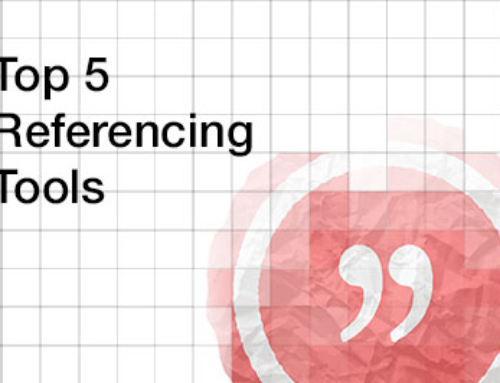When in class and finding it difficult to follow a lesson, we often have two choices. Make it known that we are having trouble and face the stigma that comes with such a confession. Or we can keep our heads down and try our best, just to get through the lesson. The latter can leave us bored and frustrated and when teachers challenge us, they can mistake our difficulties for laziness or misbehaviour and this can lead to confrontation.
I came across this great blog post by Ben Powers, writer of the Dyslexic Tendencies blog, which shows how even the best-natured kids, once caught in the vortex of misunderstanding, can act in uncharacteristic ways. Here is an extract from that post:
Yesterday, I learned something new about an old friend, something out of line with his character. Polite, funny, warm, caring, and empathetic, my friend David Flink is a force to be reckoned with in the LD movement – all that, I knew. What I found out, and what completely surprised me, was that he was sometimes a troublemaker in school. Easier to cause a disruption than face reading aloud, Dave spent his share of time out in the hallway in elementary school. “It’s easier to be the troublemaker, the bad kid, then to look dumb in school,” he said. The sad part is, he’s right. Troublemakers immediately find a community, or at least a responsive audience; the “dumb” kids? Not so much.
Read the full post here.
Ben Flink – Doing great work with his organisation, Eye to Eye
If you like this post subscribe to this blog, join our newsletter or follow us on Facebook or Twitter to keep up to date with new content. You might also like our podcasts.
The Codpast is a multimedia production from www.extraordinaire.tv







Leave A Comment